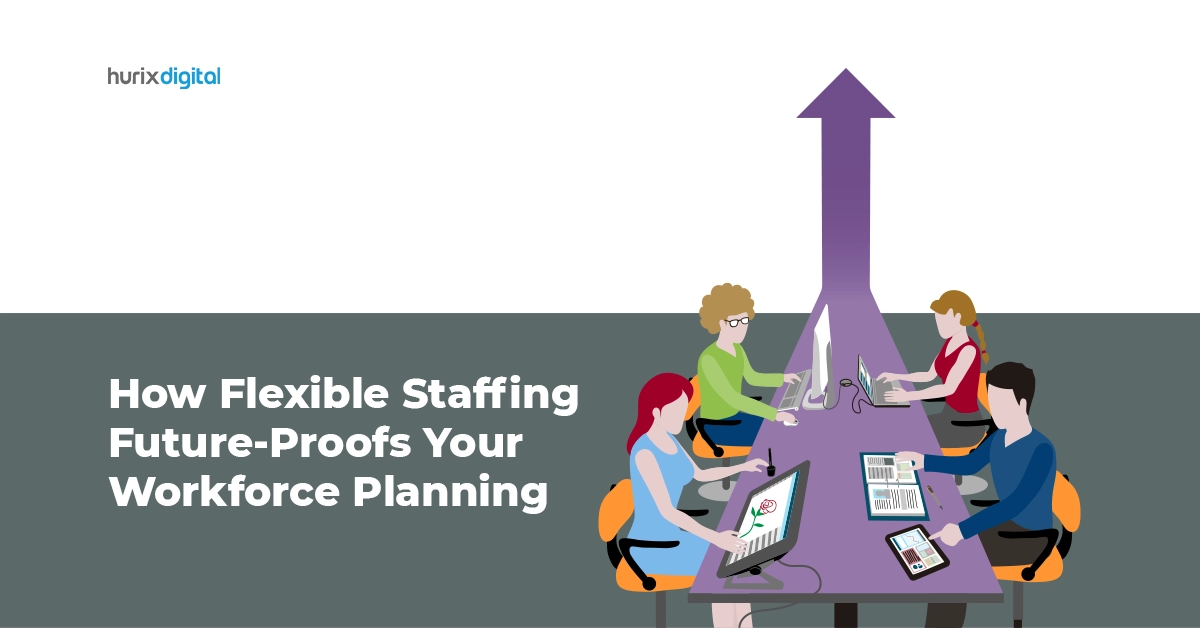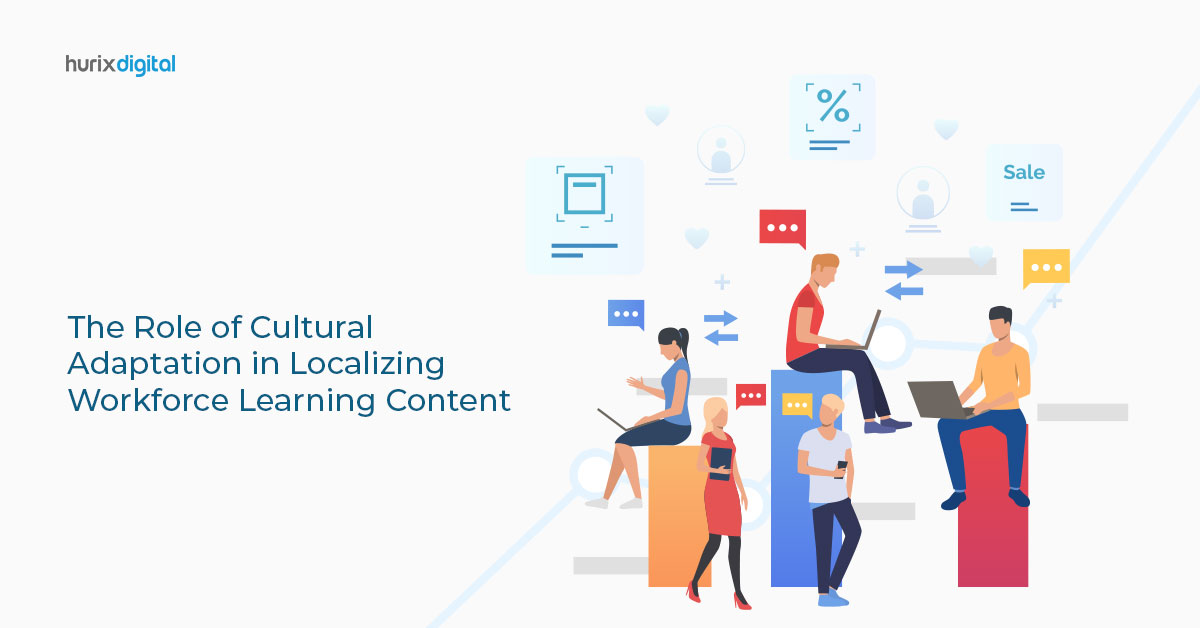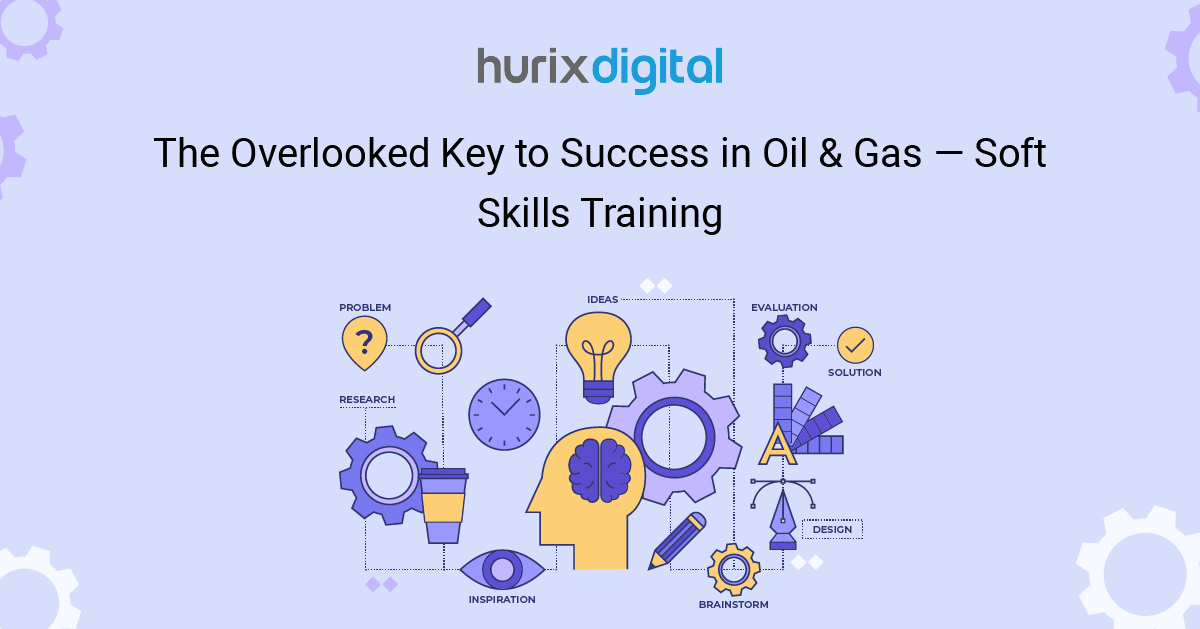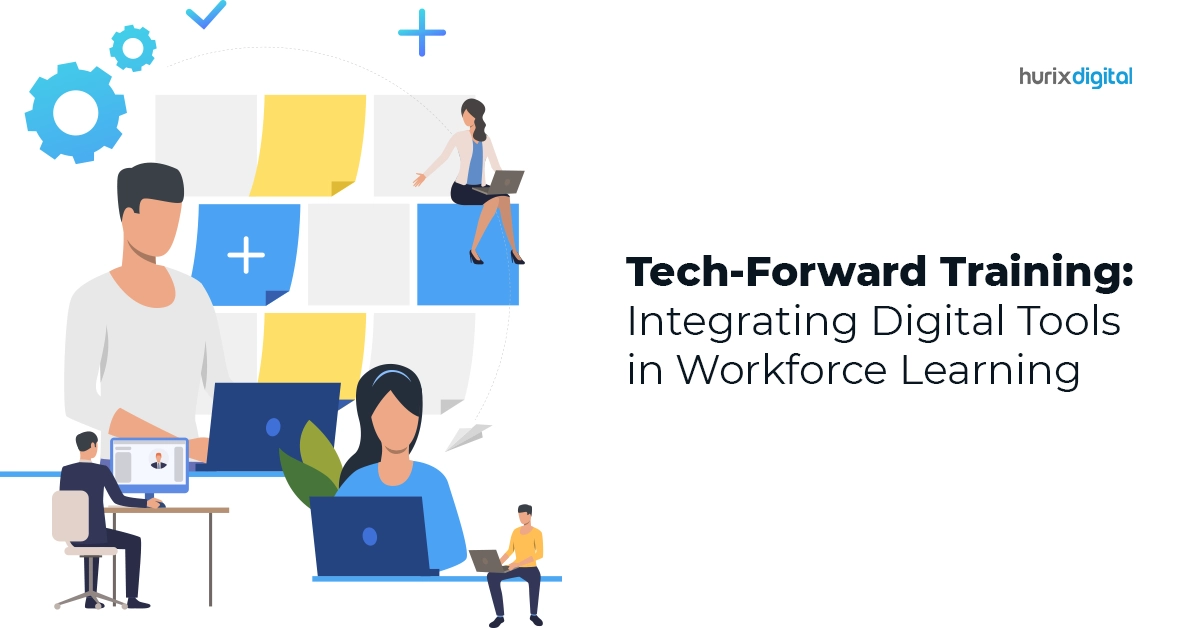
How Flexible Staffing Future-Proofs Your Workforce Planning?
Summary
This blog explains the role of flexible staffing in future-proofing workforce planning. Learn how adaptable staffing solutions can help organizations stay resilient and agile.
The workforce management landscape constantly changes, from market dynamics to skill set requirements. The bullwhip effect that a fluctuation causes on the workforce of any organization is tremendous, and the ability to adapt is paramount for organizational success.
With this in mind, traditional workforce planning lacks the agility to navigate uncertainties. Technology, skill set, and customization-driven agile workforce planning are the need of the hour, and that is precisely where flexible staffing comes in to save the day.
A survey shows that 87% of candidates prefer to be a part of flexible staffing solutions. This article will take you through the meaning, benefits, and best-suited types of flexible staffing to cater to ever-changing business needs.
Table of Contents:
- What is Flexible Staffing?
- Key Benefits of Flexible Staffing
- Empowering Flexible Staffing Models With The Future
- The Gist of Flexible Staffing
What is Flexible Staffing?
The term “flexible staffing” is relatively straightforward. It refers to a method of workforce management that adjusts staffing levels, schedules, and workforce composition so that organizations can adapt to changing business demands.
With the pandemic’s remote work and restrictions in the workplace, this approach became increasingly popular after 2020. Depending on the market and business needs, organizations that have embraced flexible staffing can deploy the correct type of workforce for a suitable period.
Flexible staffing has played the most significant role during seasonal spikes in demand and project-based work. The strategy has demonstrated how it can lead to more optimized resource allocation and many other perks. Let’s go a little deeper and read about why flexible staffing makes all the difference!
Key Benefits of Flexible Staffing
During the pandemic, organizations saw the impact of flexible staffing, where different staffing models could lower costs, optimize resources, and provide many more perks. The importance of flexible staffing was unveiled to the world as a means of future-proofing their organization against such calamities and turbulence.
Here are the key benefits flexible staffing models bring to the table!
1. Agility
One of the current age’s prerequisites for growth is agility. An agile organization can reduce response time to what the market needs. One of the critical aspects of flexible staffing is that it provides agility; allowing businesses to reorganize their workforce quickly ensures a prompt and effective response to emerging challenges.
2. Scalability
Implementing suitable flexible staffing models, this strategy can be implemented on both small and large scales of workforce requirements. Companies can take advantage of the scalability that flexible staffing offers.
Flexible staffing allows organizations to seamlessly scale up or down their operations amidst fluctuating workloads and project requirements with shallow risk.
3. Adaptability
Flexible staffing is not beneficial only in market fluctuations; its adaptability is vital to evolving business needs. Organizations can adjust their staffing levels and composition to align with strategic goals and changes in market positioning, fostering resilience and competitiveness in dynamic environments.
4. Cost Efficiency
When traditional staffing methods are used, methods where permanent hires are made for short-term workload fluctuations, cost, and resource efficiency shrink from touching rock bottom. With the help of flexible staffing, the right workforce can be hired for a suitable duration, making the cost of workforce efficiency soar.
5. Workforce Diversity
With flexible staffing, organizations can tap into a more diverse talent pool. As this strategy strays far from traditional approaches, organizations open to different workforce arrangements tap into a more diverse talent pool.
By accommodating different work arrangements, businesses can attract potential hires with diverse backgrounds, skills, and perspectives and ultimately foster a more inclusive and innovative workplace.
Also Read: The Future of HR: Exploring the Impact of AI Staffing Solutions on Recruitment Efficiency
Empowering Flexible Staffing Models With The Future
Beyond the numerous benefits of flexible staffing, technological services leaders like Hurix Digital also allow organizations to choose and prioritize specific advantages by powering flexible staffing with technology.
Here are three significantly agile workforce solutions and how technology strengthens their impact!
1. AI-Powered Temporary Staffing
Temporary staffing is one staffing model with a profound emphasis on being agile. With a fluctuation in staffing requirements, temporary workers can be onboarded to enable the organization to cater to changes in workload or demand during peak periods.
These hires are for short durations, and that helps optimize the company’s costs. It is usually used for low- to medium-skilled labor requirements.
Once fed with market analytics, current project information, and historical business data, AI-powered temporary staffing can automate the main rounds of candidate selection. Multiple articles highlight the importance of AI in developing highly adaptive staffing models that could streamline hiring processes, especially if the requirements are for low to medium skill levels.
2. Data-Driven Contract Staffing
This model is most commonly used for targeting specific goals or well-defined projects using a contract. In contract staffing, the workforce is onboarded to execute a particular skill or for a role that requires a high skill level without a long-term commitment.
When coupled with analytical and clean data, such scalable workforce models can lead to phenomenal results. With the help of department budgets, project timelines, time-bound goals, and a pool of candidates, the organization can make data-driven contract staffing their go-to for generating service contracts and prompt skills-based candidate suggestions on achieving the given goals best.
3. AI-Optimized Freelance Staffing
The freelance staffing model taps into a larger workforce pool. Freelancers offer services at a cost according to their skill set and are most accessible across professional platforms. With this, organizations can onboard candidates with specialized skills on a project basis without time limitations or contract restrictions.
With data from resumes, tests, and recommendations, AI can utilize multiple algorithms to streamline suggestions for the best fit for each assignment. AI-optimized freelance staffing can potentially reduce hours spent just on candidate selection.
With all these futuristic flexible staffing models in mind, depending on the circumstances, experts like Hurix Digital can also be trusted to develop tailored workforce solutions to meet organizational needs.
Also Read: The Future of Staffing Solutions: AI and Automation
The Gist of Flexible Staffing
Workforce requirements, much like a stock market disclaimer, are subject to risks where the terms under-planning and over-planning directly cause a loss in business or resources. Flexible staffing models remain a growing requirement as they offer simple yet crucial perks such as cost-efficiency, agility, adaptability, and scalability to fluctuating business needs.
With AI and data analytics powering various versatile staffing strategies such as temporary staffing and contract staffing, a future where unlocking massive scales of business without the hiccups of absenteeism and workforce shortages is not too far off!
That said, implementing the right models at the right time in your organization is crucial and best handled by digital solutions experts like Hurix Digital. Reach out for the best staffing solutions now!

A highly enthusiastic and motivated sales professional with over twenty five years of experience in solution selling of training-related applications and services. Maintains an assertive and dynamic style that generates results. Ability to establish long-term relationships with clients built on trust, quality of service and strategic vision. Specializes in financial services, higher ed, publishing and government in the areas of learning and development.








